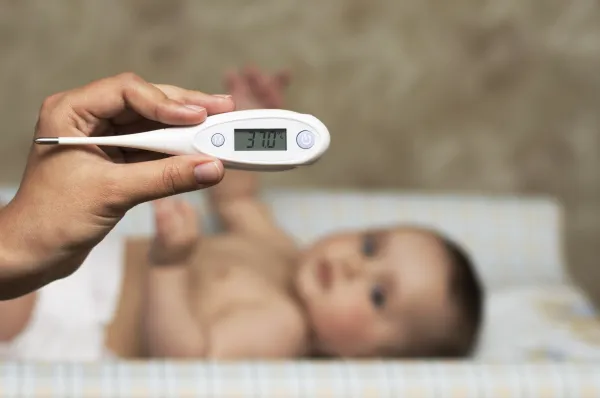Let Documentation Drive Code--Even for Follow-up

Question: Our pediatrician saw a patient last week, evaluated her, and drained an abscess for her. He then asked the patient to return the following day for a follow-up visit. When she returned, the provider billed a 99213 for the follow-up. He had billed the same E/M code for the first visit on the previous day. Are we justified in reporting a Level 3 E/M code for the follow-up visit?
Codify Subscriber
Answer: First, if you billed a visit and an incision and drainage (I&D) for the first visit, you will be subject to a 10-day postop period, so seeing the patient as a follow-up cannot be billed in the same week, as it would be included in the global period. If the I&D was not billed during that first visit, then billing an E/M the next day would be appropriate.
In addition, you can never assume that just because the patient returned for a “follow-up,” that you cannot bill an E/M code such as 99213 (Office or other outpatient visit for the evaluation and management of an established patient…) for the visit.
On the down, side, however, don’t assume that the same code would automatically apply again, either. Base your decision about choosing the level of E/M code on the service that your clinician has provided. Make your decision based on the documented elements of history, physical exam, and medical decision making (MDM), unless counseling/coordination of care dominates the encounter (in which case you can select your code based on time). If your physician’s documentation fulfills the code’s minimum criteria, then you can be justified in your selection of the particular E/M code for the visit.
Coding tip: Don’t automatically select the same E/M code each time your physician recalls the patient for a follow-up visit. If you select the same level E/M code for the first and the follow-up visits without properly checking the documentation, you might end up raising some red flags and may invite unnecessary trouble.




